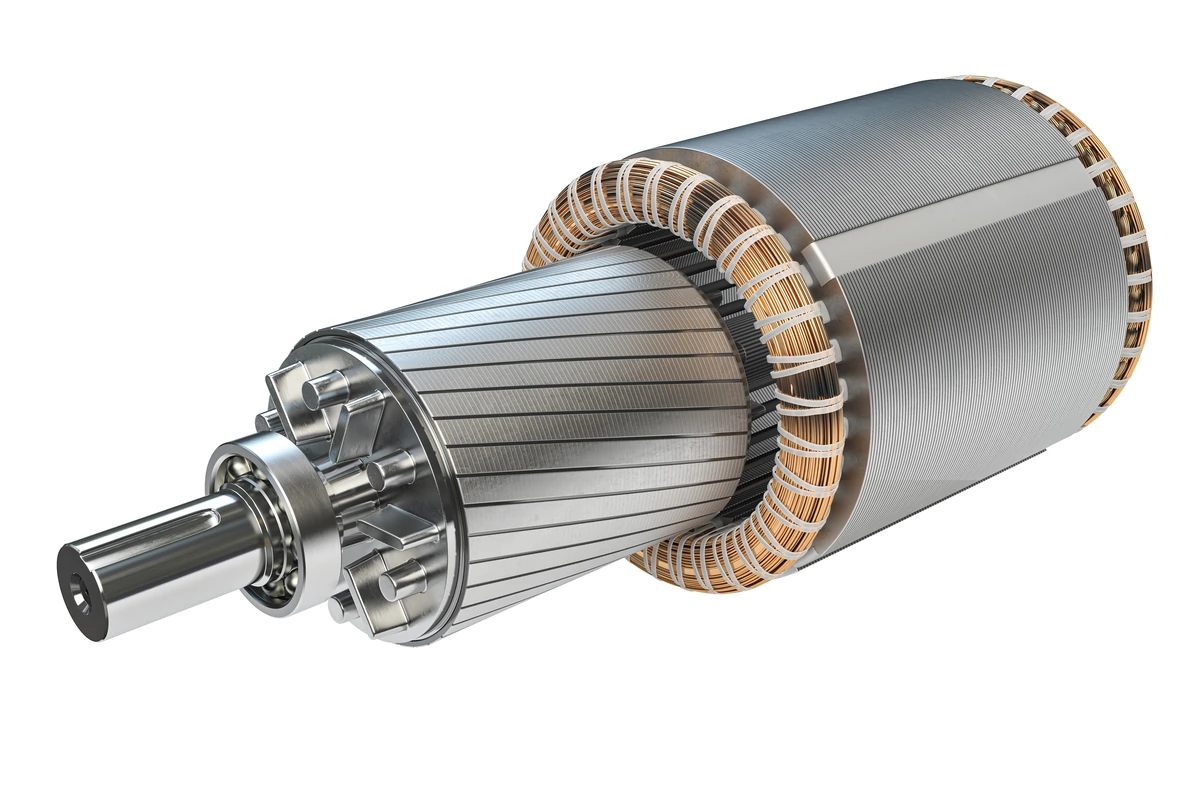
Is the rotor of an induction motor connected to any supply?
The rotor of an induction motor is not directly connected to any external power source and it relies on the rotating magnetic field generated by the stator windings to operate.
Induction motors are widely used in various industrial and commercial applications due to their robust construction and reliable performance. Understanding the electrical connections within an induction motor is crucial for comprehending its operation and the role of the rotor. This article delves into the specifics of the induction motor's rotor and its interaction with electrical supplies.aspects of induction motor design.
The Essence of Induction Motors
Before examining the rotor specifically, it is imperative to appreciate the fundamentals of induction motor operation. The induction motor belongs to a family of electric motors that generate mechanical power through electromagnetic induction. Discovered by Michael Faraday, electromagnetic induction is the production of an electromotive force across a conductor exposed to time-varying magnetic fields.
Components of an Induction Motor
An induction motor primarily consists of two main components: the stator and the rotor. The stator is the static part of the motor housing the conductive coils, and it is connected directly to the power supply. Current flowing through these coils creates a rotating magnetic field.

-
The Stator's Role
The stator's winding is configured such that when it is energized by an AC supply, it generates a rotating magnetic field. This field is the heart of the motor's operation as it induces an opposing current in the second crucial component: the rotor.
-
The Rotor's Characteristics
The rotor is positioned within the motor's stator and is free to rotate on its axis. It is made up of conductive material -- typically aluminum or copper -- that allows electrical currents to flow through it without an external supply.
-
Rotor Dynamics and Induced Currents
When the stator's magnetic field interacts with the rotor, it induces a current in the rotor by virtue of Faraday's law of electromagnetic induction. The interaction of these currents with the magnetic field generates force on the rotor, causing it to turn.
-
Slip
The speed difference between the rotating magnetic field and the rotor's rotation speed is referred to as "slip." It is this slip that is crucial for the induction process, giving the motor type its name. The slip is essential because if the rotor were to turn at the same speed as the magnetic field, there would be no relative motion, and thus no induced current and no torque.
Rotor Construction and Indirect Connection
-
Squirrel Cage Rotor
The most common type of rotor used in induction motors is the squirrel cage rotor. It consists of conductive bars or short-circuited aluminum or copper rotor windings. These windings are permanently connected in a closed loop, resembling a squirrel cage.
-
Rotor Winding Connection
Unlike the stator windings, the rotor windings of an induction motor are not connected to any external power supply. The power required for the rotor's operation is obtained through electromagnetic induction from the stator's rotating magnetic field.
Is the Rotor Connected to Any Supply?
The rotor of an induction motor is not connected to any external power supply. Instead, it receives its operating energy through induction from the stator's rotating magnetic field.
The Simplicity of the Induction Motor
This unique characteristic of the induction motor -- that the rotor does not require any external connections -- contributes to its robustness and preference over other motors. The absence of brushes or commutators to transfer current to a moving part (as seen in DC motors) dramatically reduces wear and increases reliability.
Applications and Considerations
Induction motors are thus widely used in various applications, from household appliances to industrial machinery. Their design allows for varying sizes and specifications that can cater to specific torque and speed requirements.
Electrical Supply and Control
Despite the rotor not being connected to a supply, controlling an induction motor involves managing the electrical supply to the stator. Variable frequency drives can vary the frequency of the stator's current, thus controlling the motor's speed and torque output.
Conclusion
Induction motors employ the rotor in a clever and effective way. The rotor, while not connected to any external electrical supply, plays a pivotal role in motor operation. Itsmovement is entirely contingent upon the induction process initiated by the stator's magnetic field. This elegant interaction between the stator and rotor makes the induction motor a reliable workhorse of countless applications.



Leave a Comment